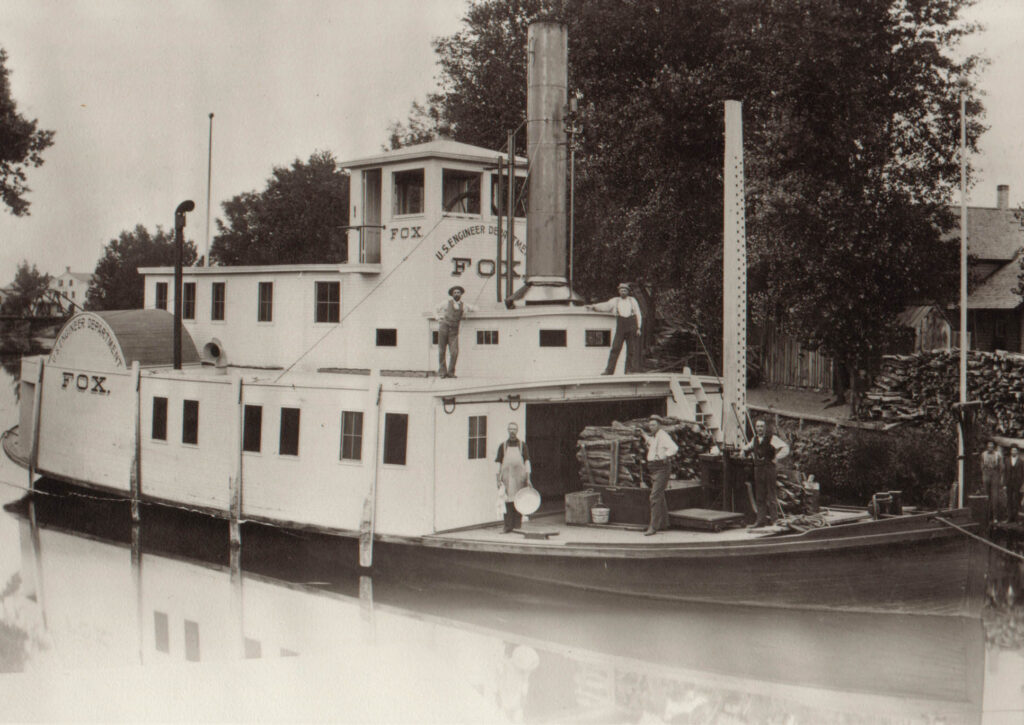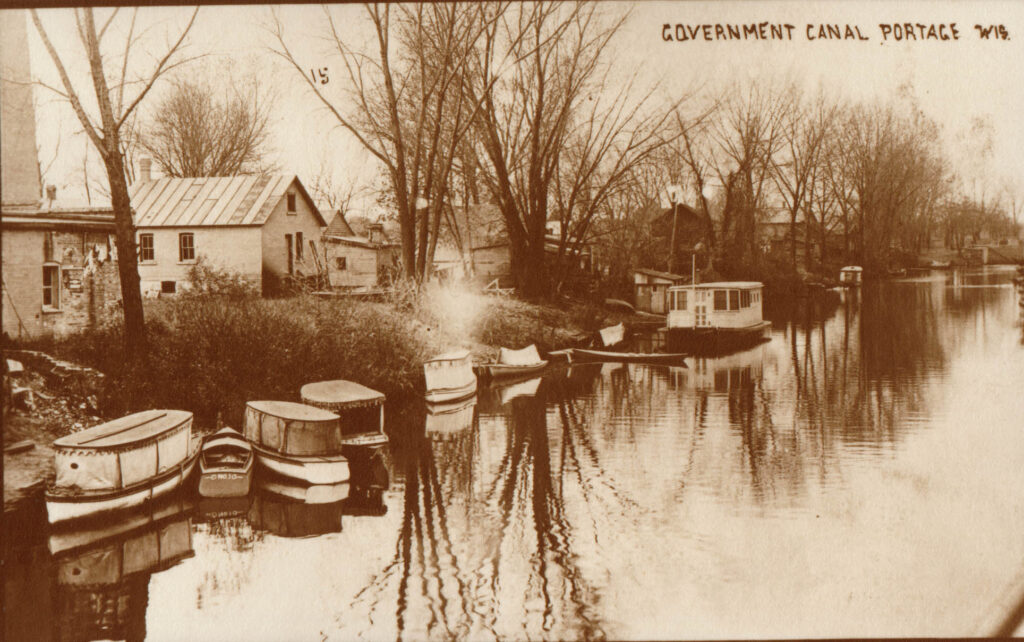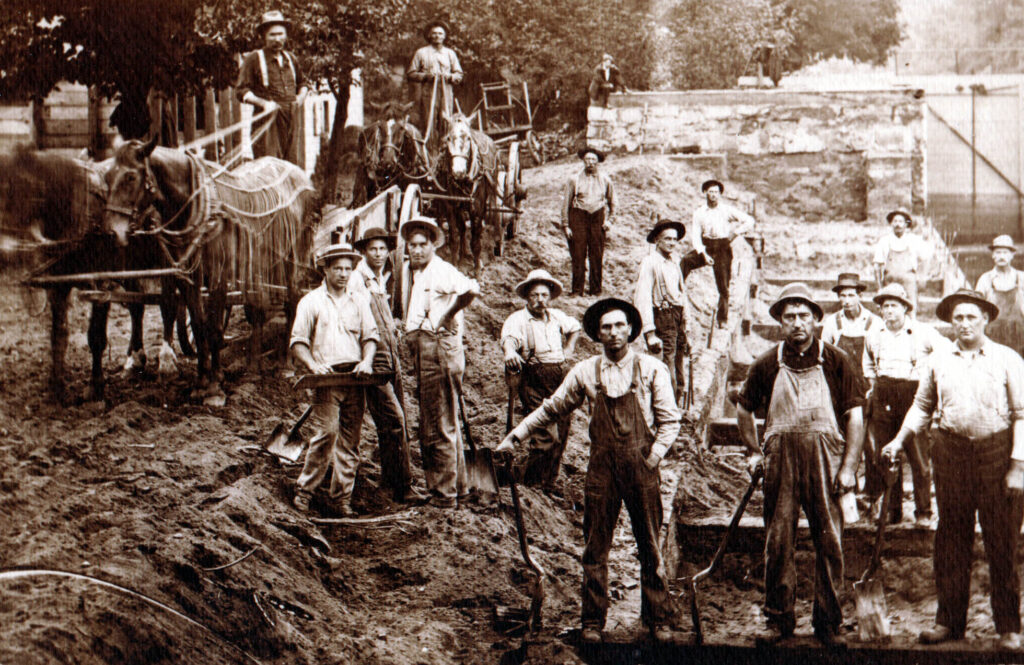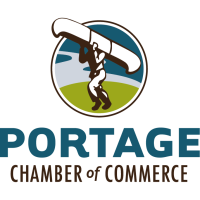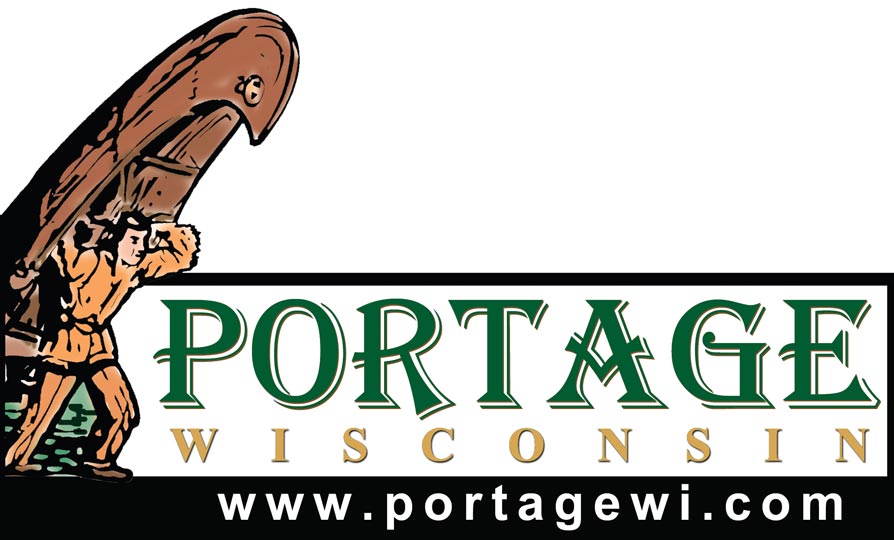Creating a river-to-river waterway
Canal fever swept across the country after the Erie Canal was completed in 1825, and ambitious entrepreneurs envisioned a short canal that would connect the Wisconsin River with the Fox River, allowing agricultural products and wholesale and retail merchandise to be transported easily between regions of Wisconsin. It was a start-and-stop project for years, hampered by economic depression in the 1830s, a dearth of engineering skills on the frontier, cost over-runs, and a flood in 1851 that collapsed portions of the canal’s banks. Eventually the canal was reliably navigable and during its heyday, boats and barges on the canal carried logs, boards, sandstone, lime, lead ore, gravel, coal, bricks, butter, wool, wheat, household furnishings, and passengers.
The exhibit includes three life-size plaster canal workers, old photos, and artifacts found in and around the canal during a partial restoration by the U.S,. Army Corps of Engineers in the 21st century.
OTHER EXHIBITS
Our exhibits tell our stories
Step into the past to learn about our history: the American Indians who lived here for thousands of years, the explorers who visited, the settlers who moved here in the early 1800’s, followed by the entrepreneurs who saw opportunity, and the men and women who built homes, schools, stores and churches. Most of the artifacts in our exhibits came from Portage residents who lived ordinary lives in this small town on the big river.
